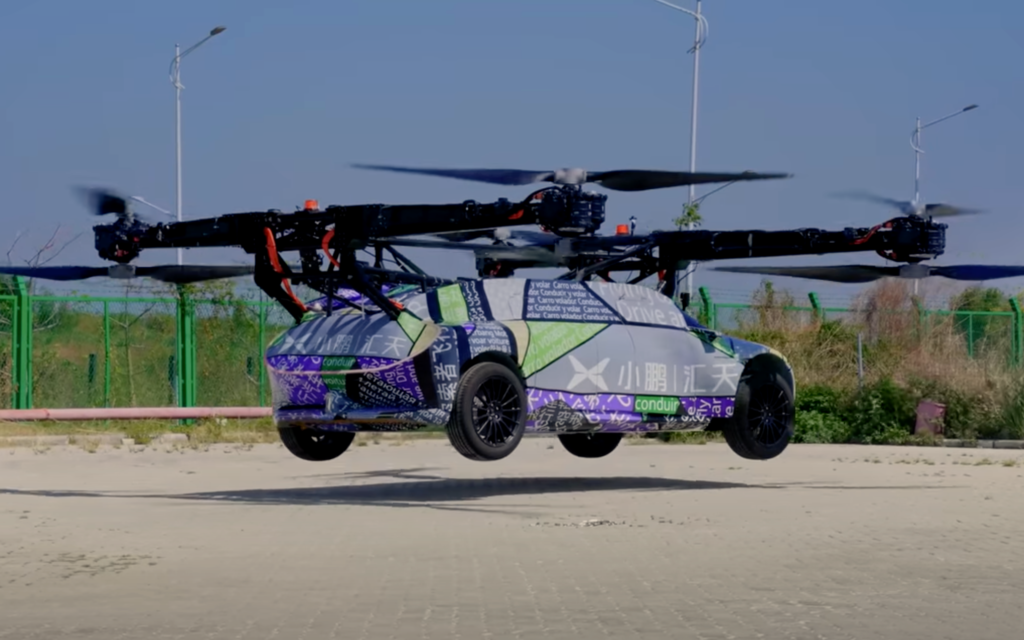Xpeng, electric-vehicle maker went literal with its flying car prototype which was unveiled in October earlier this year. The flying car looks like a mixed breed between a regular car and a drone. Internally named the X3, it’s designed for driving on the road as well as for flying. During its maiden voyage, the X3 is seen rolling out of a garage and then raising itself towards the sky vertically.
“Designed for both air flight and road driving, the flying car conveniently features a sleek rotor fold-away system for seamless conversation between driving and flying,” says Xpeng, the Chinese electric car company.
Video: Xpeng’s flying car takes its maiden voyage
In 2013, the company’s flying-car division, Aeroht, said the flying car was designed to “fly over traffic congestion, obstacles, and rivers to meet a new host of short-distance mobility needs”.
Electric cars have proven to be expensive and time-consuming to manufacture. US electric carmaker, Tesla, recently rehearsed the possibility of building a more affordable electric car after years of going back and forth on actually building one.
Read More: Your electric air taxi to the airport is waiting
Though more startups are designing flying car prototypes in recent years, the practical use of these may still be in the far future as regulations and laws on vertical take-off and landing (VTOL) remain riddles with hurdles across the world.
In October this year, Kittyhawk, an air-taxi startup backed by Google, announced that it was going to “wind down”. The company said it was still working on the details of what’s next.
Uber, which still maintains it’s not a taxi company, sold its air taxi division to startup Joby Aviation in 2020.
Source: XPeng Aeroht, Business Insider South Africa, The Washington Post




